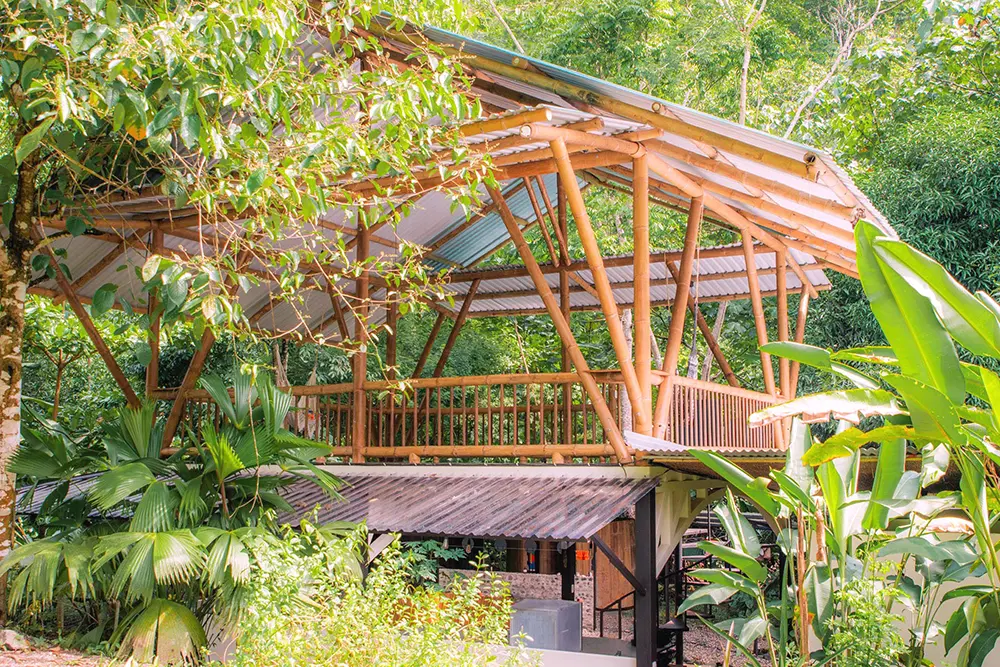Tobacco & Trees: Traditional Master Plant Dieta
A Sacred Path of Ancestral Healing,
Plant Wisdom & Personal Transformation
in the Rainforests of Costa Rica
What is a Dieta?
A dieta — meaning “diet” in Spanish — is a sacred practice rooted in Amazonian tradition, designed to establish a profound connection with master plants for personal transformation. In many Indigenous lineages, these plants are respectfully referred to as Teachers and Doctors, as they are believed to hold deep spiritual intelligence and healing potential.
Unlike intellectual or conceptual learning, a dieta is a direct, experiential process. It involves solitude, ritual, and a simple plant-based diet that creates the internal space for the plant’s guidance to emerge. Through this immersive
A dieta — meaning “diet” in Spanish — is a sacred practice rooted in Amazonian tradition, designed to establish a profound connection with master plants for personal transformation. In many Indigenous lineages, these plants are respectfully referred to as Teachers and Doctors, as they are believed to hold deep spiritual intelligence and healing potential.
Unlike intellectual or conceptual learning, a dieta is a direct, experiential process. It involves solitude, ritual, and a simple plant-based diet that creates the internal space for the plant’s guidance to emerge. Through this immersive journey, participants may receive insight into their life path, experience the release of emotional or energetic blockages, and re-align with the natural forces of body, heart, and spirit.
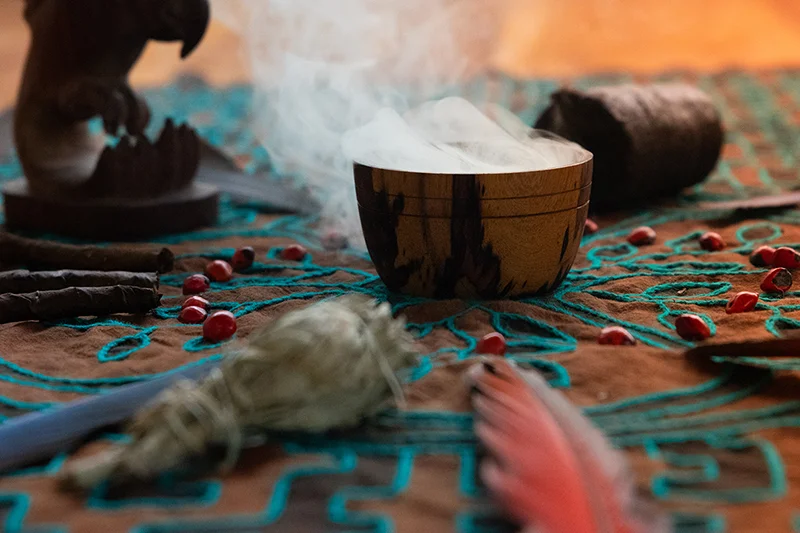
journey, participants may receive insight into their life path, experience the release of emotional or energetic blockages, and re-align with the natural forces of body, heart, and spirit.

How Can a Dieta Support You?
Discover the Benefits.
According to Amazonian plant medicine traditions, a master plant dieta is regarded as a pathway to deep personal transformation. While each person’s experience is unique, many participants report shifts across physical, emotional, and spiritual levels. The following reflections are shared by many and draw from both participant experience and ancestral teachings:
Physical Vitality and Cleansing
Master plants are believed to support a wide range of physical healing processes. They are used to help detoxify the body, cleanse the digestive system, and purify the bloodstream — supporting overall vitality. Participants often describe feeling lighter, clearer, and more physically balanced, particularly as physical symptoms tied to energetic imbalances begin to shift.
Emotional and Mental Release
The dieta offers space for emotional patterns and suppressed feelings to rise to the surface. With the support of the plants and the container, many describe the gentle release of long-held grief, fear, anxiety, or mental loops. This can bring greater clarity, emotional resilience, and a sense of renewal.
Spiritual Insight and Connection
Master plants are often viewed as spiritual allies or guides. Participants often experience lucid or vivid dreams, intuitive messages, or visionary insights that help reconnect them with their inner guidance, personal path, or sense of purpose. The dieta opens a space for these subtle channels to awaken.
Cleansing and Energetic Realignment
Practices such as purging (vomiting, sweating, crying, shaking) are seen not as discomforts, but as sacred releases — ways the body and spirit naturally let go of stagnation. These processes are understood to help clear physical, emotional, and energetic density, allowing for greater flow and presence.
Trauma Integration, Transgenerational Healing, and Ancestral Connection
In many Amazonian traditions, master plants — especially tobacco — are understood to work not only on the individual but across generations. These sacred plants are believed to support the release of energetic imprints and emotional burdens carried through ancestral lines, creating space for healing at a deep, often unseen level.
Many participants describe facing long-held pain, inherited grief, or unresolved patterns that seem to reach far beyond their own life story. In the quiet space of the dieta — supported by ritual, solitude, and the intelligence of the plants — these layers may surface and begin to unwind. For some, it feels like reconnecting with lost parts of themselves or their lineage. This process can support personal renewal, a return to inner truth, and a greater sense of belonging within one’s own path.

Preparation (Pre-Dieta Phase)
Before beginning a master plant dieta, it is essential to purify the body and mind to ensure safety and deepen receptivity to the plants. This is not optional — in accordance with Amazonian tradition, participants must follow strict preparation guidelines.
Physical Preparation
At least two weeks before the dieta, you are required to eliminate:
- Alcohol
- Meat, especially pork
- Processed and fermented foods
- Stimulants such as caffeine, marijuana, and other recreational substances
- Sexual activity
A clean, plant-based, and alkaline-leaning diet is essential to detoxify the system and align your energy with the subtle frequencies of the plants. These guidelines are a matter of spiritual, energetic, and physical safety.
Mental and Emotional Preparation
Beyond physical cleansing, it’s essential to prepare your heart and mind. A dieta is a sacred commitment — it may bring profound healing, but also emotional and spiritual challenges.
- Clarify your intention to guide the process, while staying open to unexpected teachings.
- Slow down and turn inward in the days before — reduce noise, distractions, and busyness.
- Release expectations and approach with humility, honesty, and trust.
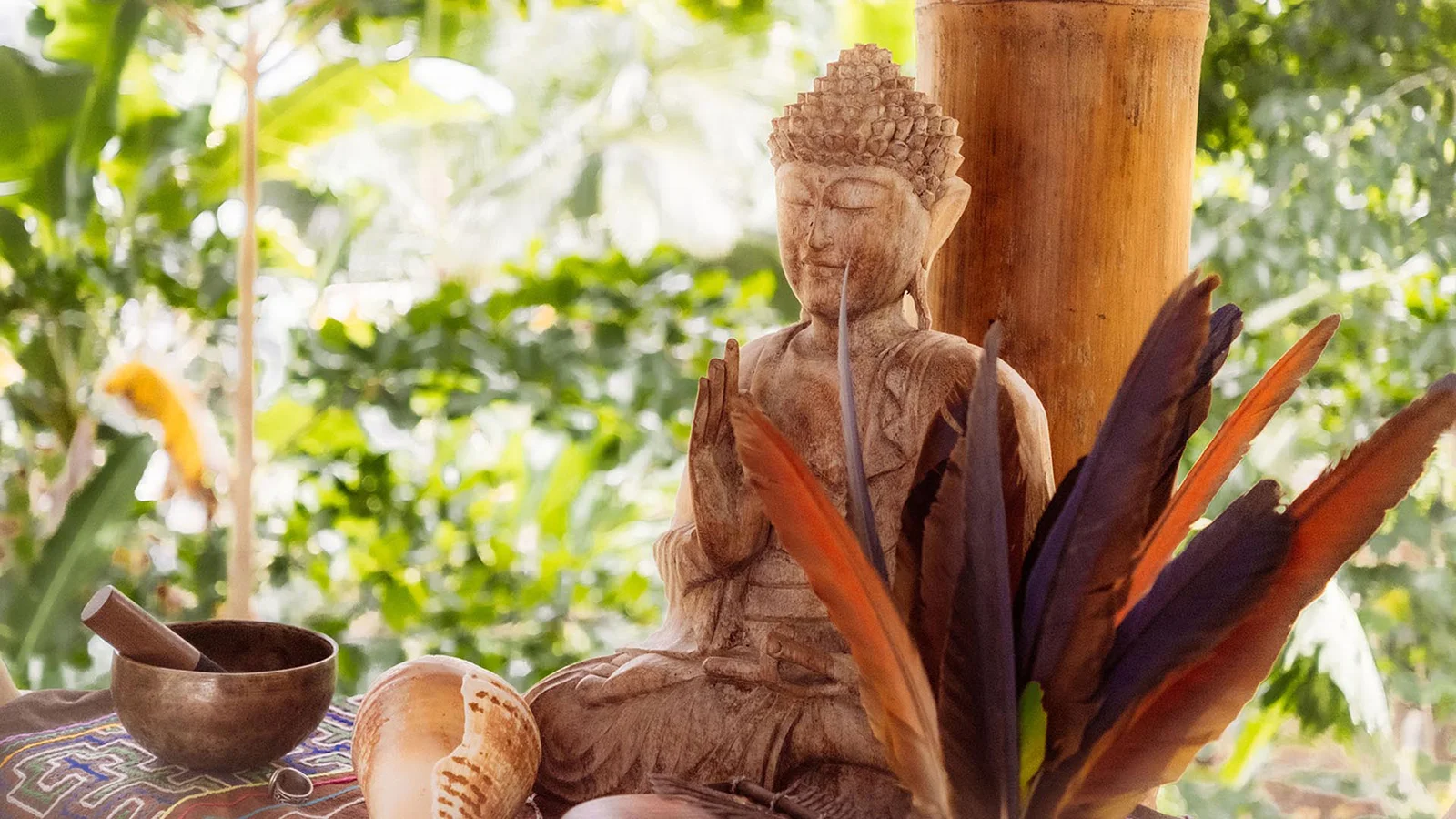

What is Involved in a Dieta?
Initial Assessment
Before beginning, the curanderos assess the participant’s energetic and emotional state to choose an appropriate master plant. Tobacco is often used early on for its grounding and purifying role in Amazonian tradition. If a participant has health conditions such as high blood pressure or heart issues, tobacco may not be recommended.
Isolation
Dieta participants spend time in solitude, away from social interactions and external stimulation. This allows for deep introspection and a stronger connection with the plant spirit.
Restricted Diet
The dieta includes a simplified, plant-based meals: fruits, vegetables, soups, and juices, without salt, oil, sugar, or spices. This helps the body become more receptive to the medicine.
Ceremonial Plant Work
The master plant is typically prepared as a tea or liquid and taken ceremonially, with prayers and icaros. This part of the process is done in sacred context under the curandero’s guidance.
Purging & Cleansing
Emotional or physical purging — such as vomiting, diarrhea, crying, or shaking — may arise during the dieta. In Amazonian tradition, these releases are considered part of an essential cleansing process, helping to clear physical, emotional, and energetic blockages.
Similar to practices in Ayurveda and other ancestral healing systems, purging is seen not as something to suppress, but as a natural part of deep healing and transformation.
Reflection & Integration
You’ll be invited to write daily in a journal — noting dreams, emotions, and insights. This helps integrate the guidance received from the plant.
Spiritual Connection
Plants open spiritual channels and foster clarity, healing, and deep reconnection. Many participants report visions, dream messages, and a sense of reconnection to their inner truth.
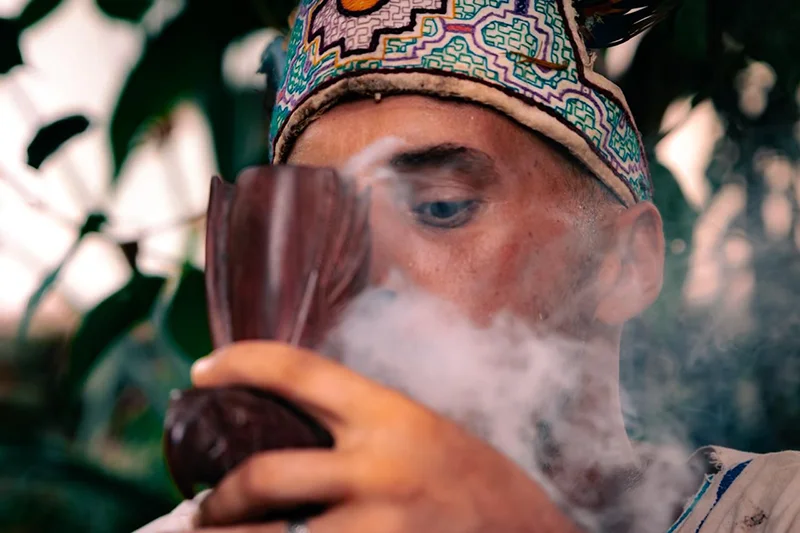
What is the Role of Tobacco?
Its traditional roles include:
Grounding & Purification
In traditional Amazonian cosmology, tobacco is considered a potent cleanser of the energetic body and mind. It is believed to clear dense or stagnant energies, align intention, and support receptivity to the teachings of other plants. Many participants experience emotional release or a sense of spiritual detoxification through their work with tobacco.
Cleansing & Protection
Traditionally, tobacco is believed to cleanse and protect the subtle body, open channels for communication with plant spirits, and strengthen the container of the healing process. It is often the first plant introduced in a dieta to establish safety, connection, and to create a strong foundation of energetic stability and purification for the work that follows.
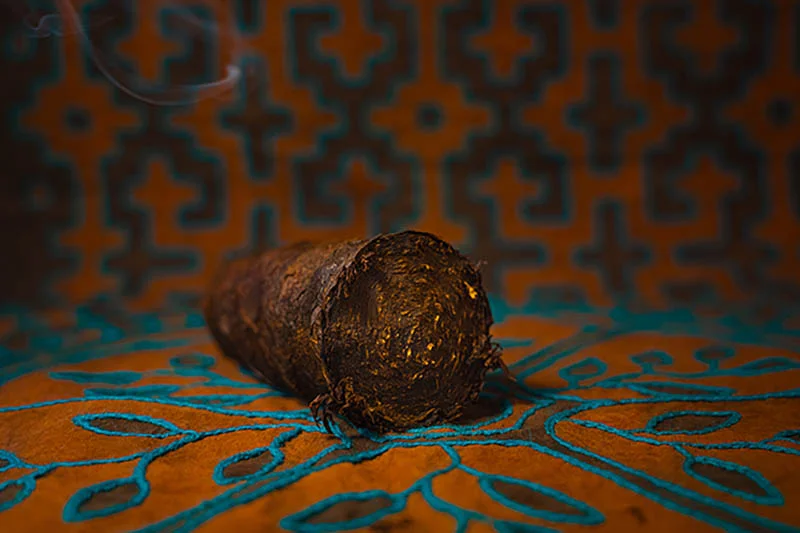

What Is the Setting & Duration?
Setting
The dieta takes place in isolation at Templo del Tigre, our retreat center nestled in the heart of Costa Rica’s rainforest, near the edge of the majestic Corcovado National Park.
Duration
A traditional dieta lasts for 7 days and 7 nights, concluding on the morning of the 8th day. Some participants may be called to stay longer, depending on their personal process.
